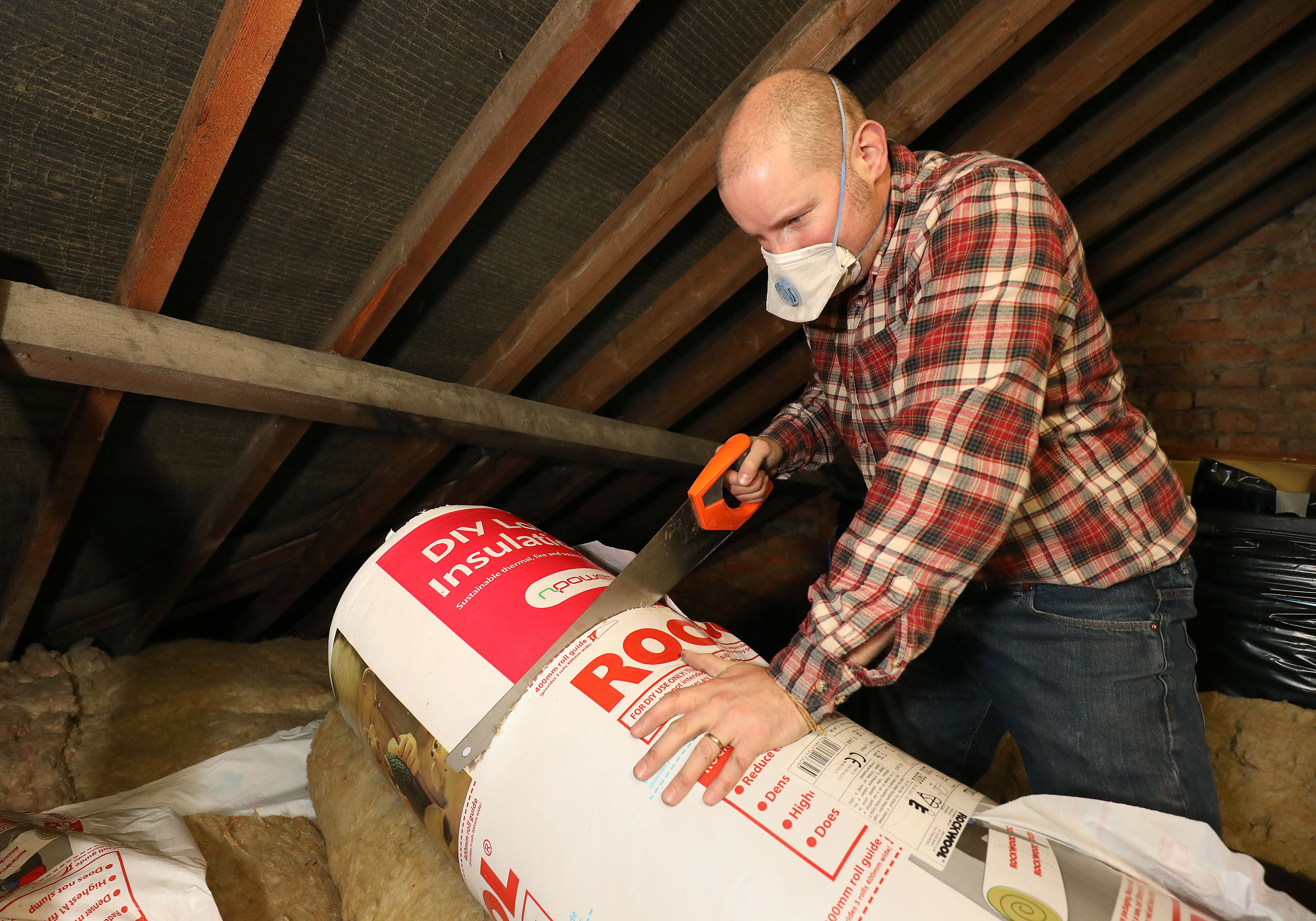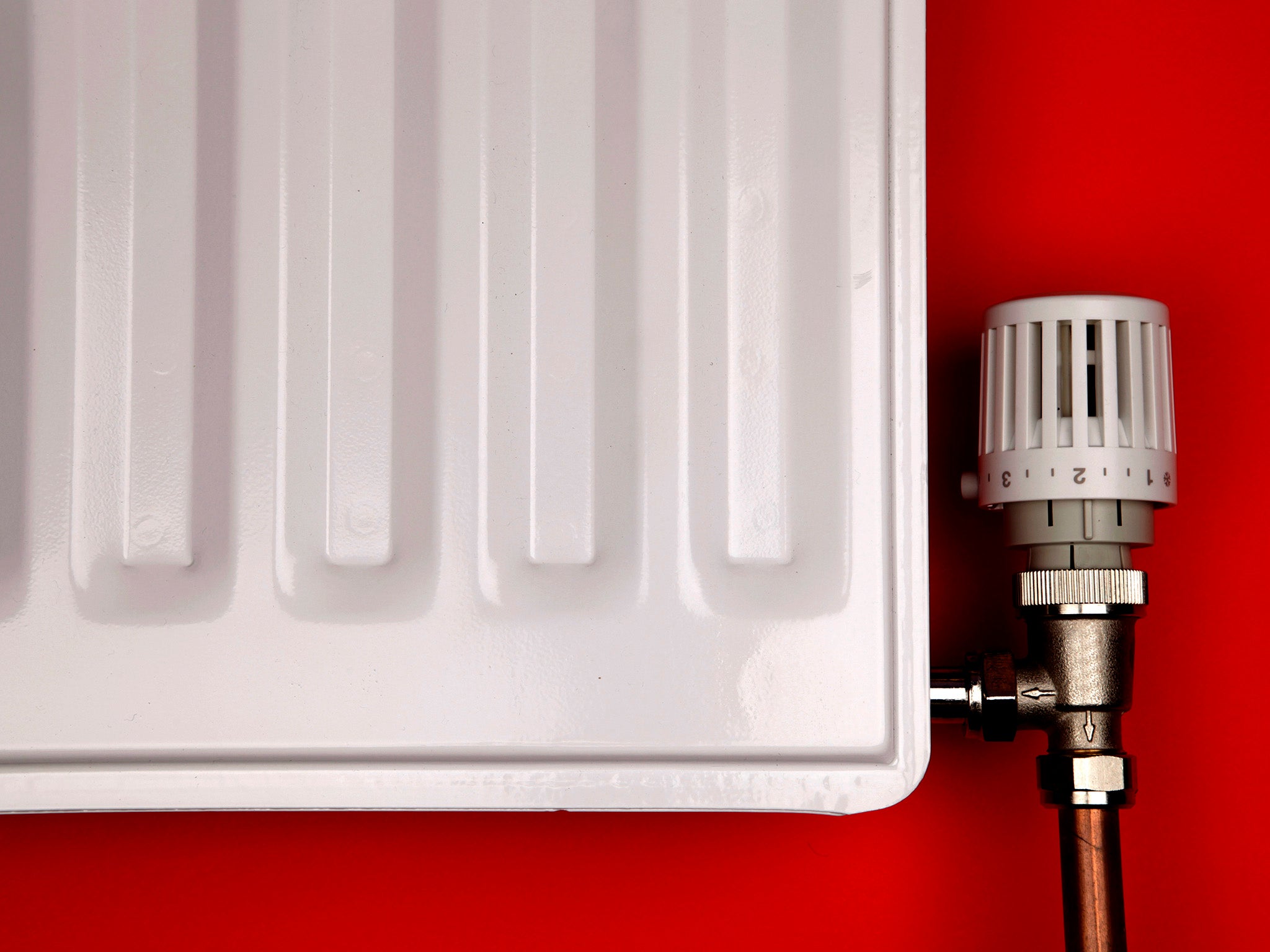Energy crisis: How to heat your home cheaply this winter
Energy price cap frozen but cost of living crisis deepens
Your support helps us to tell the story
This election is still a dead heat, according to most polls. In a fight with such wafer-thin margins, we need reporters on the ground talking to the people Trump and Harris are courting. Your support allows us to keep sending journalists to the story.
The Independent is trusted by 27 million Americans from across the entire political spectrum every month. Unlike many other quality news outlets, we choose not to lock you out of our reporting and analysis with paywalls. But quality journalism must still be paid for.
Help us keep bring these critical stories to light. Your support makes all the difference.
While very little was achieved in Liz Truss’s disastrous 45-day stint as British prime minister, she did freeze Ofgem’s energy price cap at £2,500, initially for two years before her second chancellor, Jeremy Hunt, cut it back to six months.
Had she not done so, the cap, the maximum amount utility providers can charge their standard tariff customers, would have risen to £3,549 a year from 1 October, an astounding 80 per cent hike.
The situation was only expected to get worse from there, with analysts from Cornwall Insight forecasting future increases to £4,200 and £5,300 in subsequent quarters as global gas prices surge, in no small part due to Russia’s war in Ukraine, the consequences of which have fed into a broader cost of living crisis with inflation now at a 41-year high of 11.1 per cent and wages stagnating.
Under Boris Johnson, then-chancellor Rishi Sunak did announce a number of support measures to help low-income families, pensioners and those with disabilities this winter, including knocking £400 off household energy bills alongside a £650 one-off payment for around eight million households on means-tested benefits.
Mr Sunak is now prime minister and Mr Hunt’s Autumn Statement on 17 November revealed that the government would continue to cap average energy bills at £3,000 from April 2023, which represents some help but still means tacking another £500 onto average bills from next year.
In the meantime, millions of people across Britain are looking at what else they can do to shore up their homes in the interest of staying warm without racking up extortionate bills, particulary now that December has brought brutal sub-zero temperatures and blasted the country with ice and snow.
Here are a few tips for your consideration.
Insulation
Proper insulation is crucial, with the Energy Saving Trust (EST) warning that homes without it in their lofts typically lose a quarter of their heat through the roof while those who invest stand to save as much as £580 a year by introducing it, invaluable over the course of its 40-year lifespan.
The EST offers advice on its website on how to install insulation in an attic yourself using materials readily available from your local DIY superstore, taking into account factors such as the dampness, ventilation and current usage of your loft.
Shockingly, houses can also reportedly lose a third of their heat through the walls if they are not well insulated.
If there is a gap between your walls (common in most houses built after 1920), professionals can install cavity wall insulation for you.
If you have solid walls (typical pre-1920), rigid insulation boards on the interior or external insulation covered by render or cladding on the outside of your home might be the answer.
Addressing the problem might be costly up front but could ultimately prove to be worth as much as £480 and £650 a year respectively, depending on your wall type, according to EST estimates.
You can find an approved professional to carry out the former via the National Insulation Association, Cavity Insulation Guarantee Agency or the British Board of Agreement or, for the latter, via the Insulated Render and Cladding Association.

Ground floors can likewise be reinforced to improve heat-retention, be they concrete or timber, and doing so can save you as much as £130 a year, according to the EST.
Again, most people will need to hire a professional to install layers of rigid foam or mineral wool insulation.
That said, a tube of silicone sealant available from any hardware store can be useful for filling in gaps in floorboards and skirting boards, while a measure as simple as laying out more rugs across bare surfaces can also have an impact.
The benefit to the climate from properly insulated homes is also not to be dismissed, with Friends of the Earth’s head of policy Mike Childs recently calling for the government to do more to address the problem and reminding us: “There are almost five million households in England and Wales without even basic measures such as loft or cavity wall insulation, which means their homes rapidly lose heat and cost more to keep warm.
“A nationwide, street-by-street home insulation programme, focusing on those most in need, would slash energy use, reduce climate-changing pollution and could cut energy bills by £1,000 or more each year.”
Draught-proofing
Loose fittings are another major culprit when it comes to domestic energy waste because they let in cold air and allow heat to escape.
Window and door frames, like skirting boards, should also be checked and sealed to save yourself £45 a year, the EST says, while draught-proofing an open chimney could save you another £65 annually.
Inexpensive draught excluders are also recommended to stop warmth escaping from beneath exterior doors and letterboxes.
Thermal curtains
Window panes are another cause of heat loss as the glass both conducts cold air and allows the warmth to escape as radiation.
Ideally, double or even triple-glazing is recommended, although this is of course an expensive solution by no means practical for everyone at present.
Much cheaper are thermal curtains, which are thicker than normal drapes and readily available from home furnishing stores like Argos, often for as little as £12.
These should be kept drawn on cold days to further trap in the warmth.
Portable heaters
Another effective and energy-efficient remedy recommended by experts is installing a reverse-cycle air conditioning unit, although the upfront costs of installation might again prove prohibitively expensive.
Instead, electric heaters are a much cheaper alternative – often sold for as little as £20 – and have the advantage of allowing you to move them around the house, enabling you to heat only the rooms in which you need to be and, potentially, keep the thermostat low.
Manage your radiators
Experts recommend that you bleed your radiators to ensure there is no trapped air inside preventing them from running to their full potential and that you back them with foil paper so that the heat they generate is reflected back into the room, rather than absorbed into the walls and lost as waste energy.

You should also avoid placing large items of furniture like sofas and couches in their way, which will absorb the heat rather than allow it to warm the air in the room, and avoid using your radiators to dry damp clothes for the same reason.
Micromanage your thermostat
You should turn your heating down at least one notch in the interest of using less heat (the BBC recently estimated this would save you another £55 a year) and be strategic about when you have the heating on: do not leave it cranked up when you are out and the house is empty, for instance.
By the same principle, you should not leave radiators on in rooms that are not currently being used.
Smart thermostats like Nest and Hive may cost around £180 to install but could be worth it in the long run in that they give you greater control over your household heating, enabling you to run it by app and choose precisely which rooms are warmed at what time.
Nest estimates that users can save as much as 10 per cent on their heating bill per year by using its technology to be more tactical about their approach.
Consider a heat pump
This may not be a realistic option for everyone right now, given that they typically cost around £10,000 to install, but a heat pump is said to be more eco-friendly than a gas boiler, working by extracting energy from the outside atmosphere – a process that makes them slower but more efficient than their predecessors, potentially producing three times they energy they use, especially when a house is properly insulated.
A £5,000 government grant was made available in England and Wales from March this year to encourage their adoption but, even so, that may be too much for many families right now and high demand could mean unwelcome delays to installation dates.
Hot water bottles and extra layers
Every little helps and something as simple as buying a cheap hot water bottle to sit with on a cold winter’s night, wearing more layers of clothing or even lighting a room with candles or a rechargeable lantern in the evening could all help to reduce your energy usage.
Limiting the amount of time you spend watching TV or playing video games would also make inroads.
While that might be a tough sell in many households, especially when children are involved, consider the benefits of more traditional off-grid activities like reading or playing board games with friends and family, which could make for a highly rewarding switch of focus.
Running your dishwasher or washing machine once less per week could also generate a useful saving, as could switching to LED lightbulbs only, which the BBC estimates will save you £30 a year.
For expert help and advice, visit the website of the Energy Saving Trust.




Join our commenting forum
Join thought-provoking conversations, follow other Independent readers and see their replies
Comments